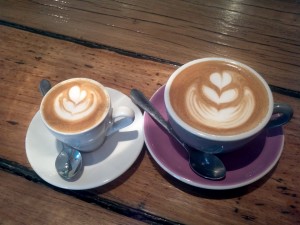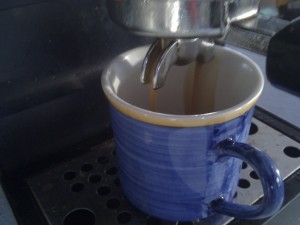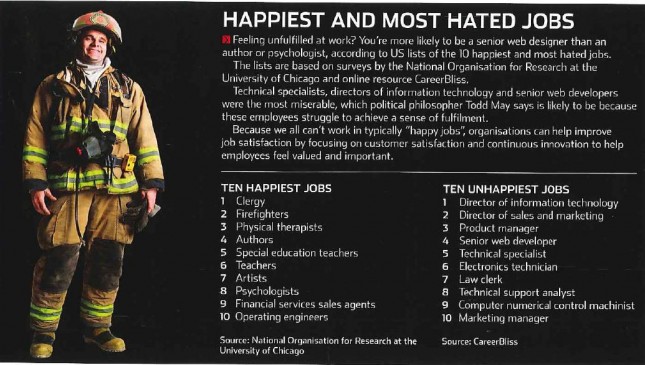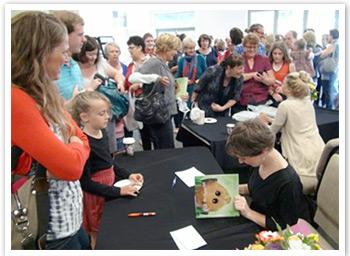The Revd Will Briggs writes about his and wife Gill’s coffee hobby.
Gill and I are unashamed coffee snobs. We were “corrupted” when we were in Melbourne and our fellow trainee theologians taught us this essential ministry skill. Now we look for the best place for coffee wherever we go. We are also partial to an excellent cup of tea and enjoy experiencing different blends and flavours. Whatever we say about coffee here, also applies to tea!
There is substance behind this possible pretentiousness. A few things  that come to mind are:
that come to mind are:
1) Conversation. Coffee is for sharing, talking, and relating over. Deep conversation benefits from an appropriate space, a conducive ambiance, a setting of safety and common ground. The coffee shop table provides that.
2) Hospitality. Good coffee has a richness and freshness. It allows us to bring out the best for our guest. It’s aroma bestows homeliness and welcome. It is a framework for welcome and inclusion.
3) Community. The coffee sub-culture is real. I see little competition amongst the coffee shops (I mean the real _coffee_ shops, not just shops that sell coffee). There is mutual respect, and recognition of skills, appreciation for artistry. Loyalty and familiarity eventuate. To walk into a coffee shop, to be greeted by name, to be understood (“I know you’ll enjoy our single origin today!”) and invited to take a seat to receive “the usual.” It’s the stuff of life.
4) Diversity. Are you a latte person or a ristretto person? Are you in the mood for a gutsy long black or a piccolo latte made with a roast that has a fruity zing? Or are you (to prove to you that we’re not absolutely purists) a soy mochaccino, or even a skinny large  cappucinno with a shot of caramel sauce? It’s an instant personality test. And it does not exclude – the chai lattes and devonshire teas are also most welcome.
cappucinno with a shot of caramel sauce? It’s an instant personality test. And it does not exclude – the chai lattes and devonshire teas are also most welcome.
5) Beauty & Creativity. Every coffee has nuances. Each part of the process leaves its mark – from the drying, to the roasting, to the extraction and presentation. Each part can be appreciated: The light roast with the fruity layer or the darker roast with earthiness and dark chocolate nuance. The doppio ristretto bringing out the sugars and oils and accentuating the high notes. Or the deep strong flat white or long black that brings weight and oomph. I had a ristretto the other week that tasted like blueberries and cream. It was, simply, a beautiful work of art.
6) Global Connection. Good coffees, like good wines, bring the flavours of their region. Most coffee roasters work through direct trade (even fairer than fair trade!) and can connect the beans to their farm of origin. Put a little bit of Kenya, or El Salvador, or Tanzania, into a mug. Savour the flavour of a global coffee citizen.
So it’s not about caffeine, or needing something to get us awake in the morning. Like all hobby-like appreciation its part affectation and nine-tenths leisurely enjoyment. But it is a shared experience. If someone asks you “Let me buy you a coffee?” or “Come around for coffee?” they are doing much more than offering to quench your thirst.




